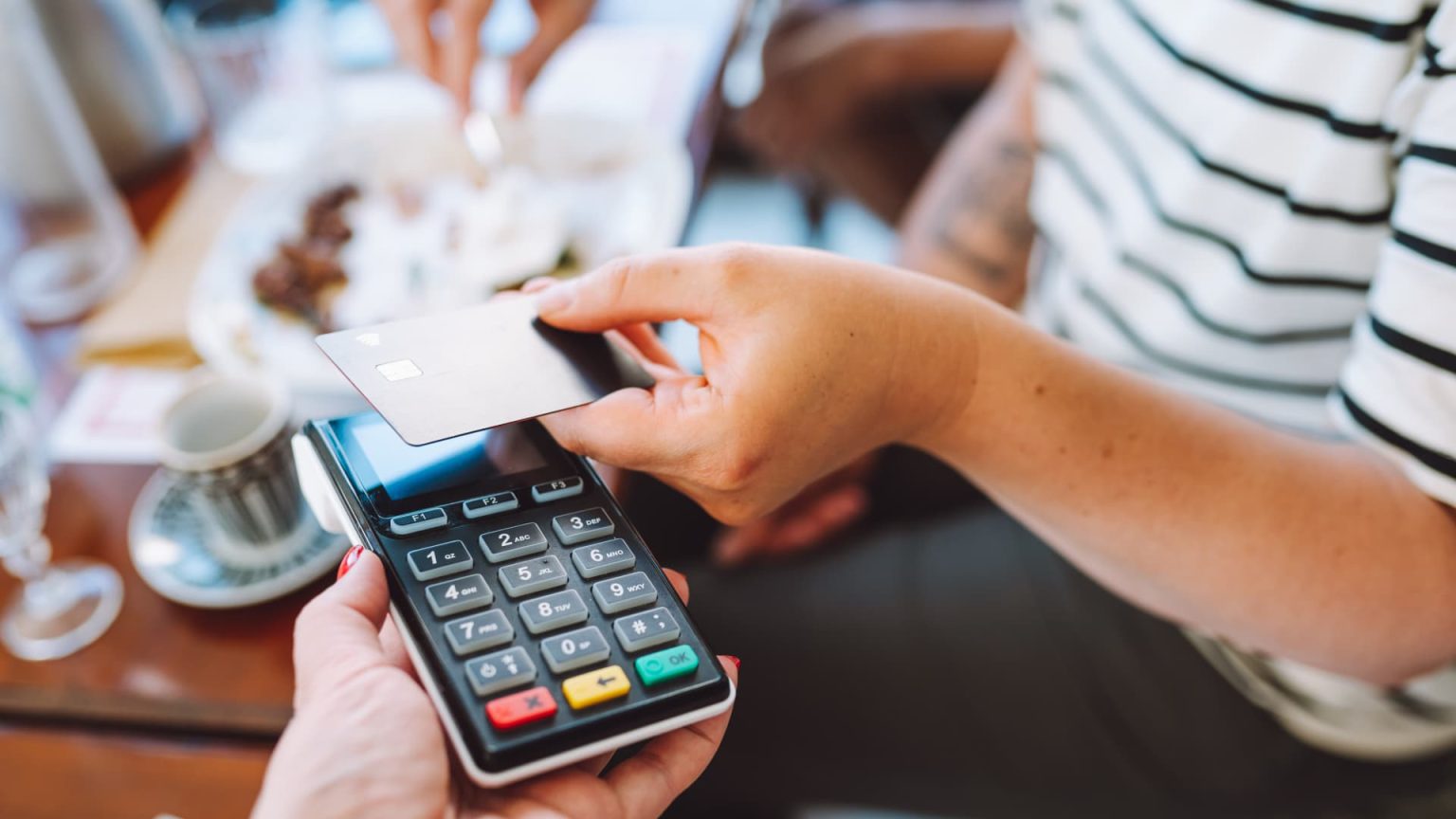| Article Subheadings |
|---|
| 1) Understanding Credit Cycling: What It Is and Why It Matters |
| 2) The Risks Associated with Credit Cycling |
| 3) The Impacts of Credit Cycling on Credit Scores |
| 4) Alternatives to Credit Cycling for Better Financial Management |
| 5) Expert Recommendations for Credit Card Use |
Consumers often face pitfalls when managing credit cards, ranging from missed payments to excessive balances. A lesser-known risk is the practice of “credit cycling,” which, while it may temporarily boost a cardholder’s available credit, involves substantial financial risk. Experts warn that frequent cycling may lead to penalties from card issuers, affect users’ credit scores, and overall undermine financial stability.
Understanding Credit Cycling: What It Is and Why It Matters
Credit cycling refers to the practice of repeatedly maximizing a credit card’s limit and paying down the debt rapidly to release available credit again. This gives cardholders a temporary advantage by permitting them to make purchases beyond their standard borrowing limits within a billing cycle. Such behavior might seem harmless when done sparingly; however, it poses significant risks should it become habitual.
This practice can stem from various motivations, including a desire to finance urgent expenses like home repairs or vacations, or to earn more rewards points for transactions. According to experts, while the act of credit cycling can provide short-term relief, it is essential to be aware of the accompanying risks that could have long-lasting financial repercussions.
The Risks Associated with Credit Cycling
Repeatedly utilizing a credit card to its limit puts consumers at risk of facing adverse consequences from card issuers. Financial analysts warn that card companies might perceive persistent cycling as a sign of financial instability. Such actions could ultimately lead to issuers closing accounts or revoking rewards points, significantly hampering a user’s credit standing.
Furthermore, dependence on credit cycling may lead to a series of penalties that can exacerbate one’s financial situation. Credit card companies often monitor credit utilization closely; a pattern of maxing out and quickly repaying may trigger alarms for potential fraudulent activities, including money laundering. In fact, striking the balance between maintaining flexibility with one’s credit and adhering to responsible borrowing practices is crucial for avoiding these pitfalls.
The Impacts of Credit Cycling on Credit Scores
Credit scores evaluate consumers’ creditworthiness, and credit utilization plays a vital role in this assessment. Financial experts commonly recommend keeping credit utilization below 30%—and ideally below 10%—to help boost scores effectively. When card issuers close an account due to credit cycling, it can decrease overall credit limits, ultimately increasing the credit utilization ratio adversely.
If a cardholder operates under high utilization rates consistently, even inadvertently exceeding credit limits can lead to penalties, such as over-limit fees or increased interest rates. This downward spiral can complicate one’s financial situation significantly, lowering credit scores and limiting future borrowing options.
Alternatives to Credit Cycling for Better Financial Management
Instead of defaulting to credit cycling, consumers have several alternatives that foster better financial management. One effective approach is to request a credit limit increase through existing accounts. This allows for more breathing room in monthly expenditures while also reflecting positively on one’s credit utilization ratio.
Another beneficial strategy involves diversifying payment methods. Utilizing multiple credit cards for purchases can distribute financial pressure and lessen the need to cycle through credit lines. Paying down card balances ahead of the billing cycle can also improve credit scores by mitigating reported utilization ratios. This proactive measure can bolster financial health significantly and should be considered a priority in responsible credit management.
Expert Recommendations for Credit Card Use
Experts strongly advise consumers to be cautious with their credit card habits. Regular communication with card issuers about credit limits and accounts can prevent misunderstandings and potential issues. Many financial advisors suggest setting a budget that aligns with income, allowing consumers to live within their means.
In conclusion, maintaining healthy credit practices is paramount for financial stability. Credit cycling, while sometimes necessary, is fraught with risks that may jeopardize one’s credit future. Adopting disciplined spending behaviors, leveraging various payment options, and seeking higher credit limits can cultivate a robust financial life and mitigate future risks.
| No. | Key Points |
|---|---|
| 1 | Credit cycling allows consumers to temporarily maximize spending limits on credit cards. |
| 2 | Repeatedly credit cycling may trigger penalties from card issuers. |
| 3 | Credit utilization significantly impacts credit scores and should be managed wisely. |
| 4 | Requesting higher credit limits can help mitigate the need for credit cycling. |
| 5 | Distributing payments across multiple cards can aid in maintaining financial management. |
Summary
Credit cycling, although a tempting strategy for managing credit, poses risks that can severely impact a consumer’s financial health. Awareness and proactive measures like spreading expenses, improving credit limits, and punctual payments can lead to better credit scores and financial stability. It is vital for consumers to educate themselves about responsible credit usage to avert potential downturns in their financial lives.
Frequently Asked Questions
Question: What is credit cycling?
Credit cycling is the practice of maximizing a credit card’s limit and quickly paying down debt to free up available credit for further spending.
Question: What are the risks of credit cycling?
The risks include penalties from credit card issuers, potential impacts on credit scores, the risk of account closure, and the perception of financial instability.
Question: How can I improve my credit score without credit cycling?
You can improve your credit score by maintaining low credit utilization ratios, requesting higher credit limits, and making payments across multiple cards.


